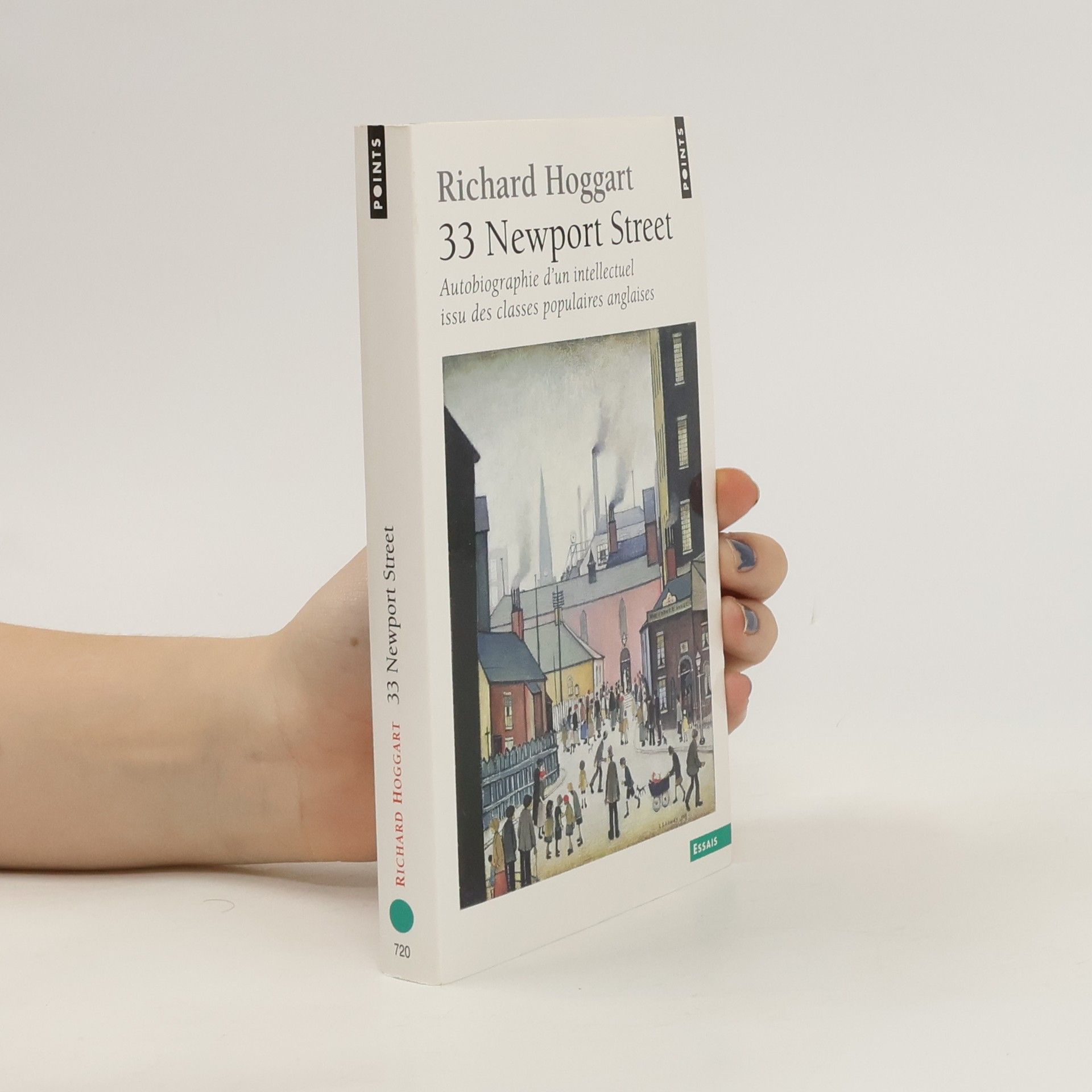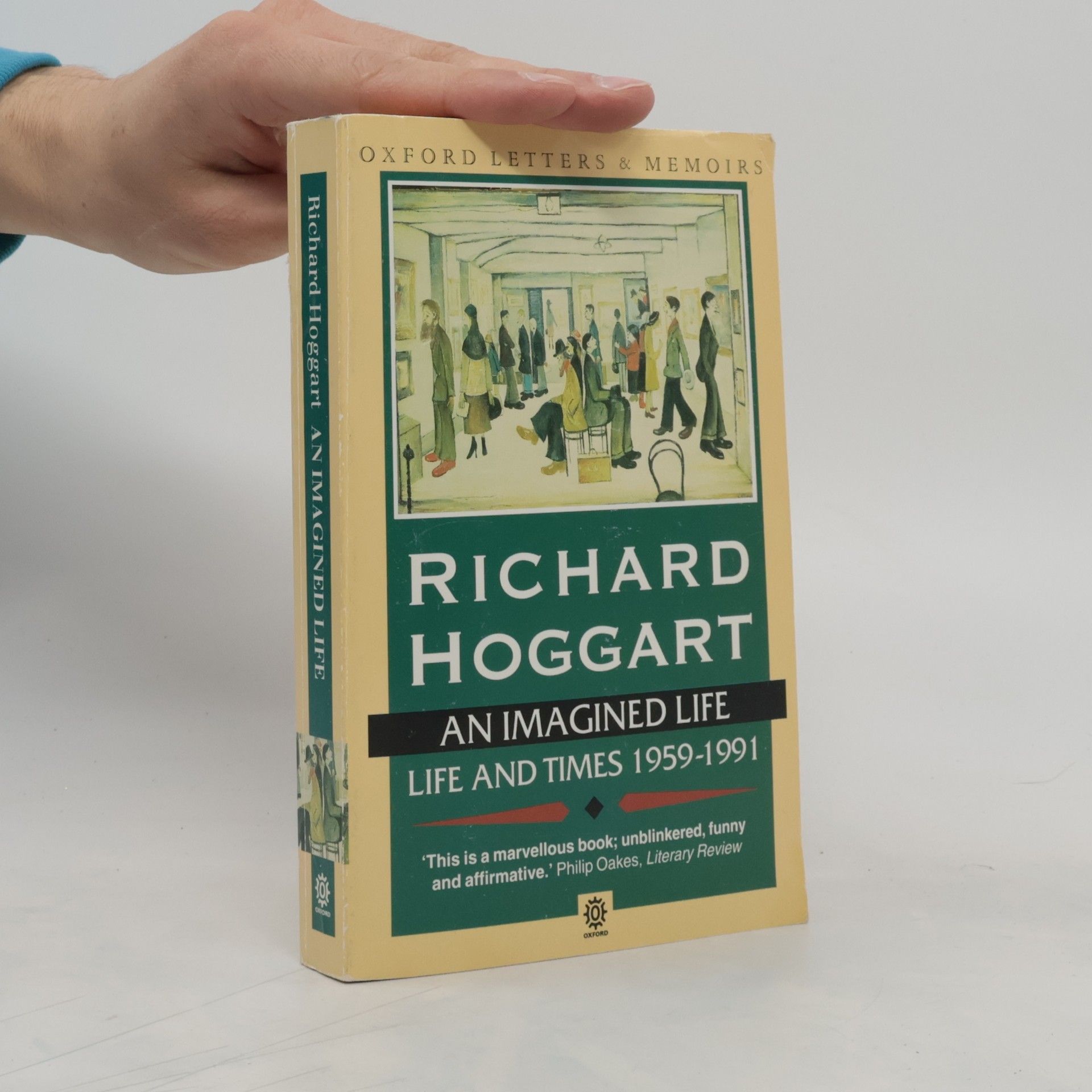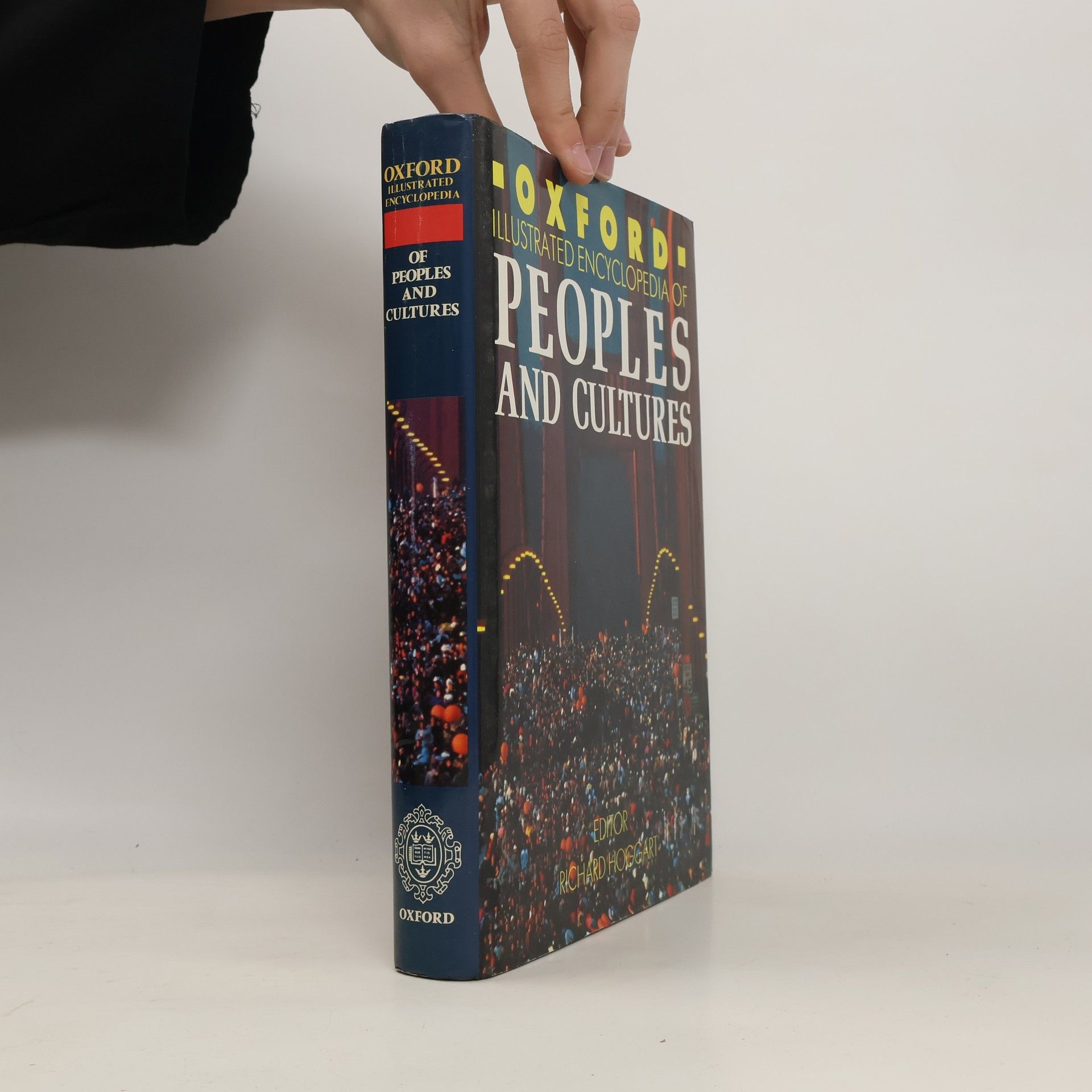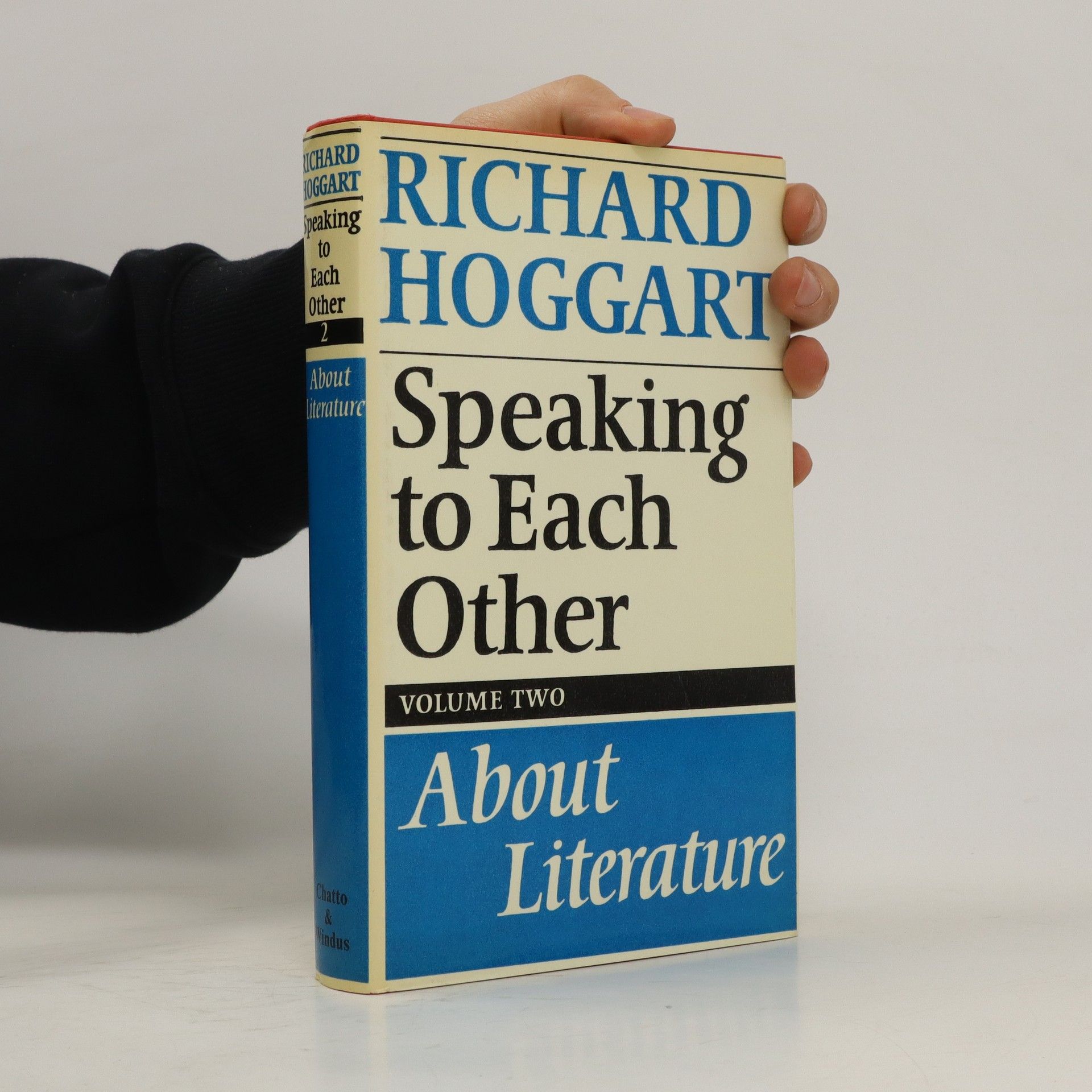Richard Hoggart explores the interconnectedness of broadcasting, arts policy, education, and social work in this collection of essays. Drawing on his extensive experience in these fields, he reflects on their shared characteristics and insights. This selection showcases a fraction of his work from the past twenty years, offering readers a glimpse into his thoughtful analysis and observations on cultural and social issues.
Richard Hoggart Book order
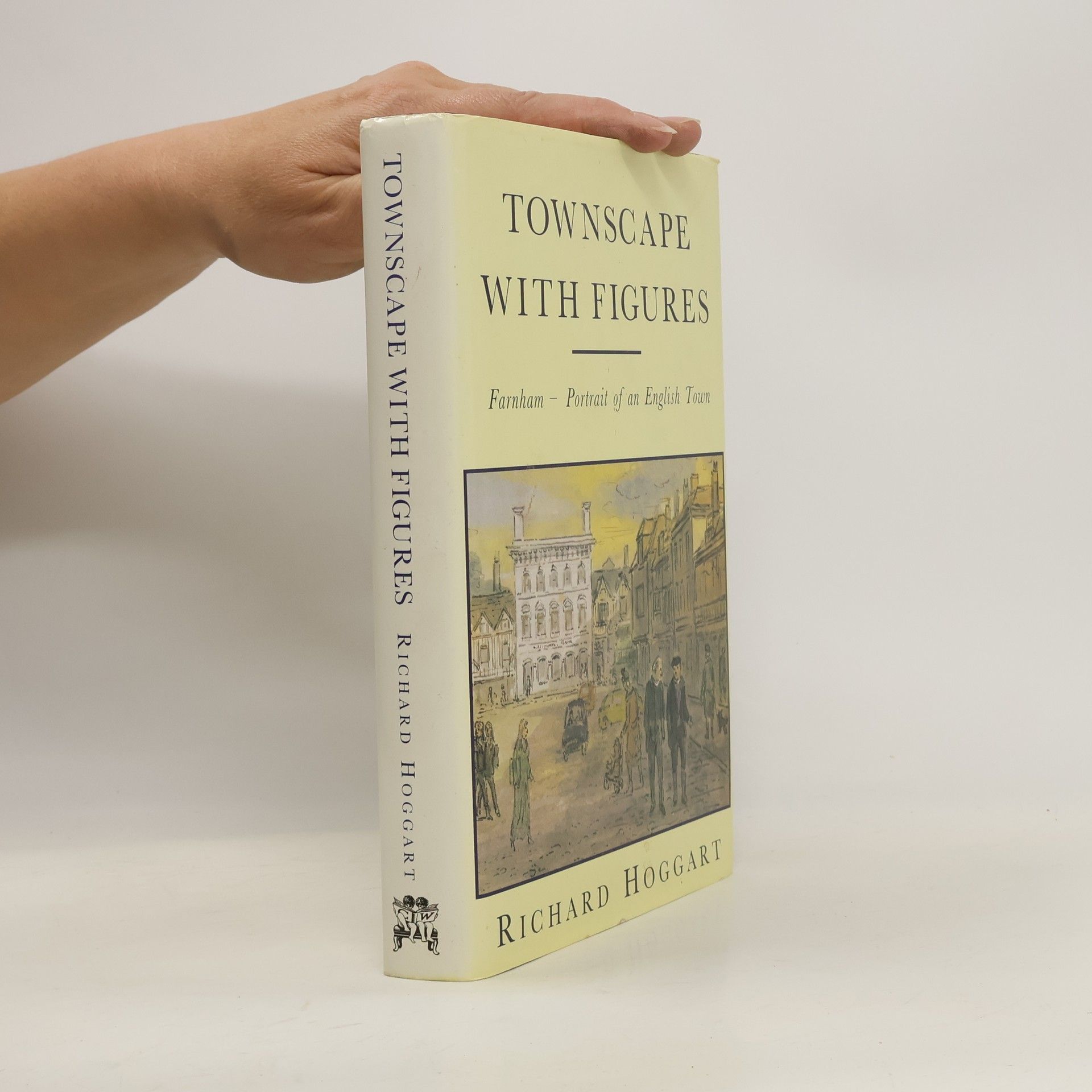
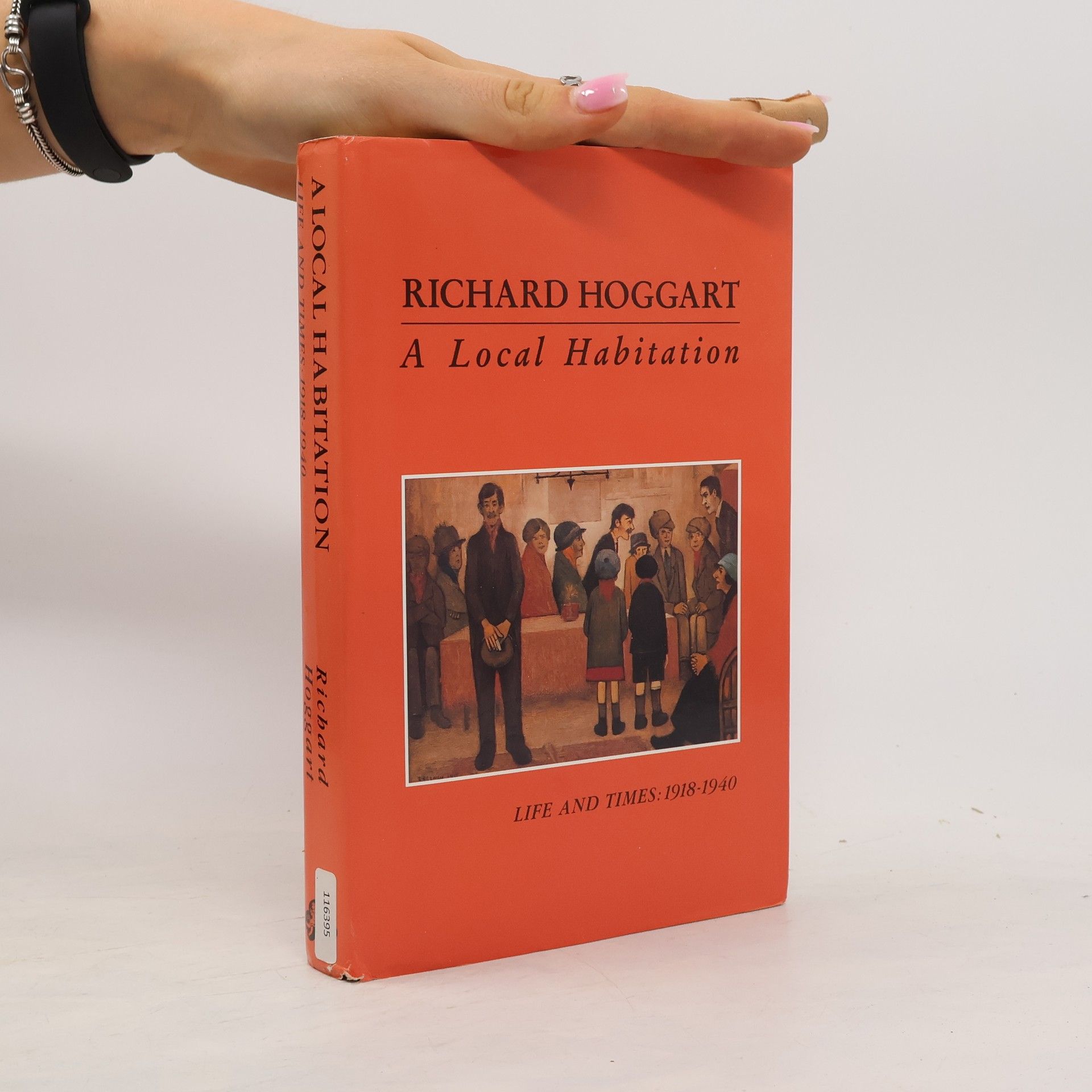
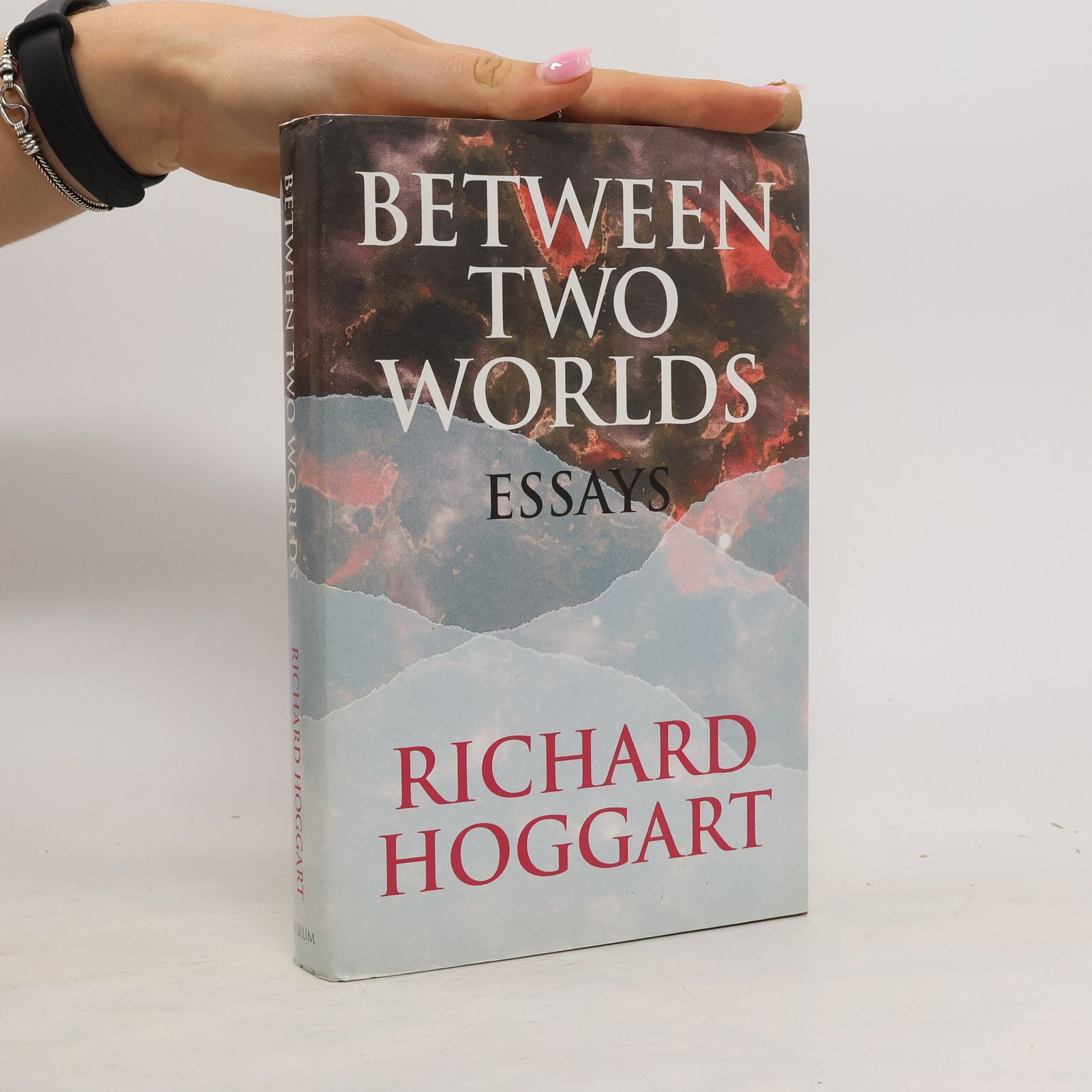


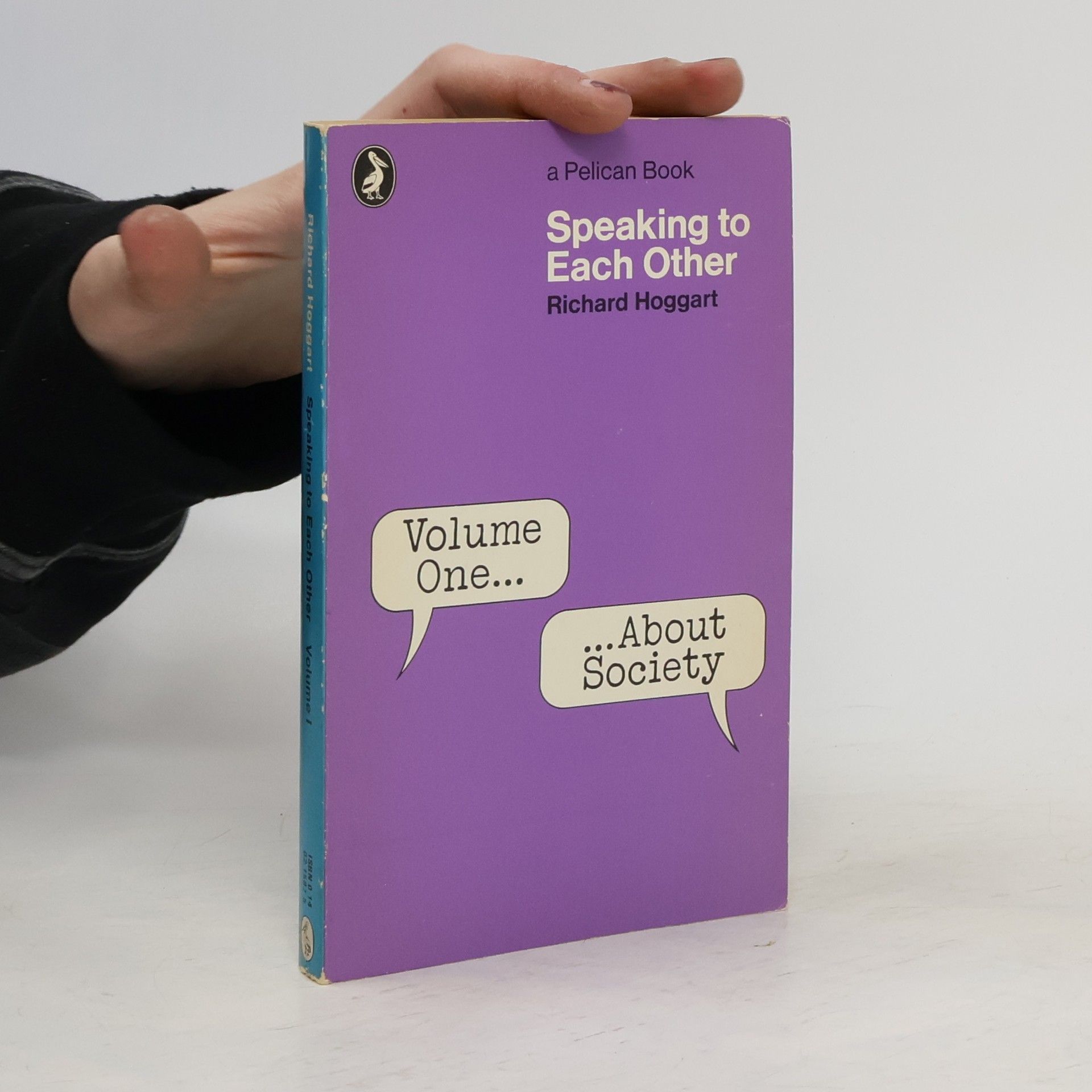
- 2020
- 2013
33 Newport Street
Autobiographie d'un intellectuel issu des classes populaires anglaises
Publié en France il y a plus de quarante ans, La Culture du pauvre est devenu un classique de la sociologie des classes et des cultures populaires. Dans 33 Newport Street, Richart Hoggart entreprend de raconter sa propre histoire tout en cherchant à comprendre ce qui l’a rendue possible et aujourd’hui, pensable. Il y évoque en écrivain son enfance dans un quartier ouvrier du Leeds des années 1920. Le récit de cette enfance si démunie, et pourtant si riche de souvenirs, fait comprendre que les groupes les plus dominés ont encore une culture, et qu’en même temps il n’est pas de culture populaire, si repliée sur elle-même et si protégée soit-elle, qui ne soit habitée par la domination qui s’exerce sur elle. Hoggart raconte aussi comment il a réussi à sortir, grâce à l’école, de son milieu d’origine, sans rien renier de ses origines ni de sa trajectoire et de sa réussite. Autoportrait d’un intellectuel issu des classes populaires, 33 Newport Street dessine en creux, et pour une fois en négatif, le portrait de l’intellectuel d’élite standard.
- 2001
Now in his 83rd year, Richard Hoggart continues to stand for a set of values which represent liberalism and enlightenment at their best. Though affronted by the educational, cultural and social policies of the 1980s and 90s which flowed from the belief that 'there is no such things as society' and that market forces should reign untrammelled, he remains equally unimpressed by the those on the left who would reject the legitimacy of democratic politics, historic institutions and literary culture. The essays in this book all the issues which have preoccupied Hoggart over his long and varied career: the role of culture in society, the pleasures of literature and its relevance to our everyday lives, the importance of education, and the ways in which culture, literature and education all influence, and are in turn affected by, politics. Thus, he asks whether museums are inevitably political institutions? Whether we should defend the right top publish 'even hateful stuff? If social workers have gone so far in identifying with the interests of their 'clients' that they have forgotten that they are employed to serve the interests of society as a whole? He mounts a passionate defence of the
- 1994
Old men outside Argos, commuters twirling umbrellas - these are the images that contribute to Richard Hoggart's picture of Farnham. Usually identified with Leeds and the North, Hoggart went to live in Surrey 20 years ago: this book is partly an affectionate response to the softer South. By looking in detail at one particular place, he builds up a representative picture, directing the reader outwards to general themes: the Health Service, violence on the streets, shopping and the networks that underpin communities and keep them alive.
- 1993
The third and final volume of Hoggart's autobiography deals with the years from 1959 to the present, including his part in the Lady Chatterley trial and his time at UNESCO.
- 1992
This latest addition to the Oxford Illustrated Encyclopedia explains why people throughout the world live as they do; it sets out their beliefs; their political and economic systems; and their social and cultural structures, providing a useful handbook to the issues, ideas, and institutionsunderlying current affairs. Sixty specialists have contributed the 2,200 entries under the guidance of forty expert advisers. The entries are arranged alphabetically and range in length from 60 to 1,000 words. Subjects covered include religions; political systems and theory; economics, commerce, andmanagement; communications and advertising; law and legal systems; philosophy; psychology; international relations and development issues; sociology; sports; education; social services; health and welfare. Biographies of the major figures in their field are given. Entries reflect the variety ofinformation required in today's hybrid society, and special attention is given to different cultural viewpoints. The additional forty-page illustrated section on the countries of the world includes an entry, locator map, and table of statistics for each country, which summarize the country'spolitical and economic structure.
- 1988
Life and Times: A local habitation, 1918-40
- 240 pages
- 9 hours of reading
"A Local Habitation" is the first volume of Hoggart's autobiography, describing his childhood in a working class district in Leeds, his time at grammar school, his days at Leeds University and his travels through Nazi Germany before World War Two. Hoggart is the author of "The Uses of Literacy".
- 1973
- 1960
With her soft brown hair, lithe figure and big, wondering eyes, Constance Chatterley is possessed of a certain vitality. Yet she is deeply unhappy, married to a physical and emotional cripple, and embarks on an affair with Mellors, the gamekeeper.

